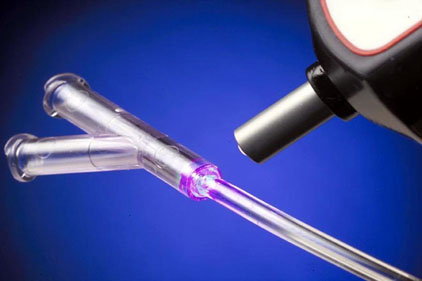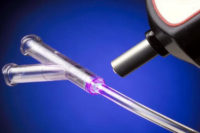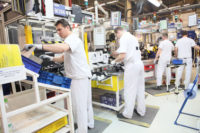Plant floor layout in the medical device industry is typically dictated by the types of products being produced. For example, long catheters and leads are usually better suited for inline workstations. On the other hand, smaller items, such as implantable devices, often benefit from cellular layouts.
“Much like the variance of layout types, the ‘style’ of workstation depends upon the application,” says David Verrill, applications support manager at IAC Industries Inc. “Regardless of design appearance, flexibility is in high demand, as should be expected.
“Downtime is very costly when a manufacturing area is reconfigured for building a newly introduced product,” notes Verrill. “Changeover time is also often under close scrutiny in the medical device industry. Versatile workstations facilitate quick changeover and reduce overall cost-to-manufacture. For this reason, we are experiencing a significant increase in workstations [equipped] with casters.”
The type of chemicals used for production or cleaning can affect the best type of workstation to select for medical device assembly applications. “Some of these chemicals are quite harsh, requiring a worksurface much more durable than traditional laminated tops,” warns Verrill. “Phenolic and epoxy resin tops are often the best—and most cost-effective—solutions for this type of application.”
Lean Layouts Boost Medical Device Productivity



